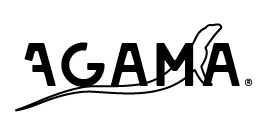Rigidity – A kite should support its structure throughout the deformation forces induced by the air on the canopy throughout different wind speeds and steering maneuvers for a swift response to the bar input.
Torsion Distortion Reaction – The balance between the necessary deformation for steering and rigidity for fast response gives the rider the proper and pleasant kite response to a specific bar input.
Aerodynamics – There are several parameters to consider during the canopy design:
Lift force, stall point, drag, de-power – some features are at the expense of others, so the designer must consider the subtle balance among these limits to give the kite its unique characteristics for a required style.
Pivot Sharpness – One feature that is worth mentioning separately is the ‘pivot sharpness’ (how fast a kite turns on its own center axis). To reach the expected reaction, two main factors are considered: the curvature of the leading edge and the wingtips.
Stability – The stability requirements determine the how much the kite will drift and react to gusts and lulls.
Water Relaunch – This is one of the classic requirements common to all kites. The classic solution is the optional fifth line offered in our kites, as well as protuberances on the leading edge and kite flipping capabilities thanks to the center of gravity point when the kite is on the water.







